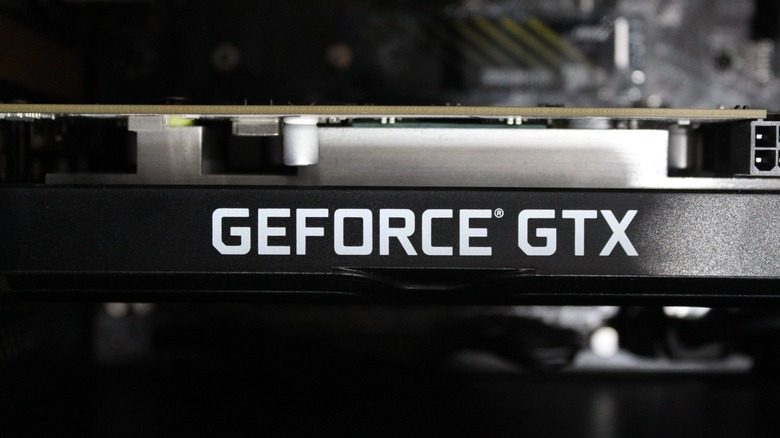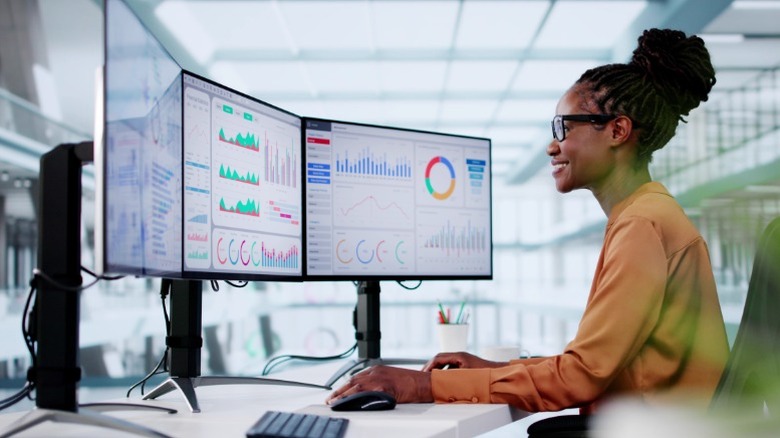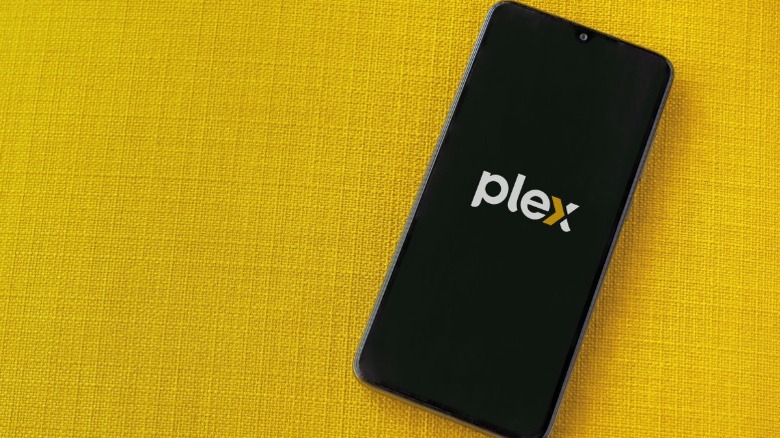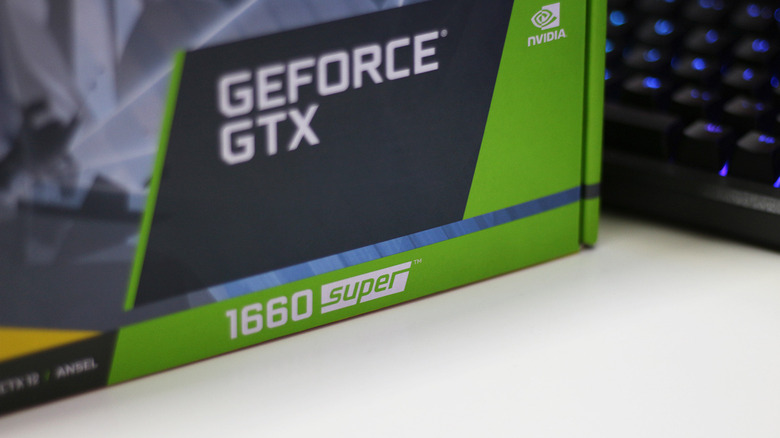Don't Get Rid Of Your Old Graphics Card Yet: 3 Ways You Can Still Use It
When building or upgrading a gaming PC, components like the CPU, RAM, and storage play a vital role in overall speed and performance. Yet, the gaming capabilities of a rig heavily depend on how powerful the graphics card powering it happens to be. With several graphics card brands to choose from and with options available at various price points, the purchase decision for your next GPU can get tricky.
Things you should be looking for include compatibility with your existing components, a noticeable improvement in horsepower, and enough VRAM to run your favorite games at higher resolutions. Intel, AMD, and Nvidia, all have graphics cards that can be picked as worthy upgrades — but what do you do with the GPU you currently have?
Sure, it may be an aging piece of hardware, but unless there was something functionally wrong with your outgoing GPU, recycling it or putting it up for sale are options you probably should consider after you've exhausted the list of things you can use it for instead. If you're someone looking to squeeze some more life out of an older GPU, build something creative, or just have sentimental value with gear that has pushed through countless frames in your favorite games — here are three ways you can repurpose an old graphics card.
Use it to power a multi-monitor setup
Although dual GPUs are no longer being used in modern gaming PCs, largely due to the fact that the added cost often doesn't match the performance gains, there's nothing wrong with considering a build with two graphics cards if you happen to have an older one lying around. Likely the best use a secondary GPU can bring is the ability to expand the number of display outputs your PC can run.
While modern GPUs offer multiple HDMI and DisplayPort connections, you might run out of them eventually, depending on how many external displays you wish to set up. You might see listings of HDMI splitters online, but these are only capable of mirroring the same output to more than one monitor. With an old and functional GPU in hand, you can hook up extra monitors, allowing you to unlock more screen real estate to run and monitor more app windows at once.
This can be useful if you're building a setup for streaming, programming, or creative tasks — where you might need more than a few display outputs. That said, this approach depends heavily on the spacing of the PCIe slots on your motherboard, and whether your power supply is powerful enough to run two graphics cards at once.
Use it in a Home Server or HTPC
The existence of the several streaming services you can sign up for today has no doubt made it easier to watch your favorite movies and TV shows with the convenience of staying at home. Yet, with so many platforms available, it's unlikely that you will find a single streaming app that has every show or movie you want to watch — and the cost of subscribing to multiple services slowly creeps up.
If you have time on your hands, you could always build a Home Theater PC, or HTPC for short. This can be a great option if you already have a large collection of digital media that you want to stream on your own devices, without having to transfer files every time. If you happen to have extra components handy, you can turn your old PC into a home media streaming server.
This does take a bit of research and time, especially when deciding the streaming platform you want to go with. Even a moderately old GPU can be used to power a media server with support for hardware-accelerated video decoding, which can offload much of the heavy lifting from the CPU, ensuring smoother video playback.
Keep it handy for emergencies
In case your old graphics card is still functional, and unless you've found a great price to sell it at, it might be worth holding on to it. Many gaming-oriented PC builds make use of processors that lack built-in graphics — which means you always need a GPU installed to display video output. In circumstances where your new GPU fails, it would be a headache to try to troubleshoot what's wrong with a blank screen.
If you still have the original packaging and the anti-static wrap that came with your old GPU, then it's a safe place to store the backup card. Whenever you run into issues with booting up your PC or getting it to display video output on the connected monitor, a quick and easy replacement with your old GPU can help you further diagnose what's wrong with the build. Don't worry about keeping drivers for your old GPU handy — Windows does a decent job of assigning new components generic drivers before it lets you update them post-boot.



